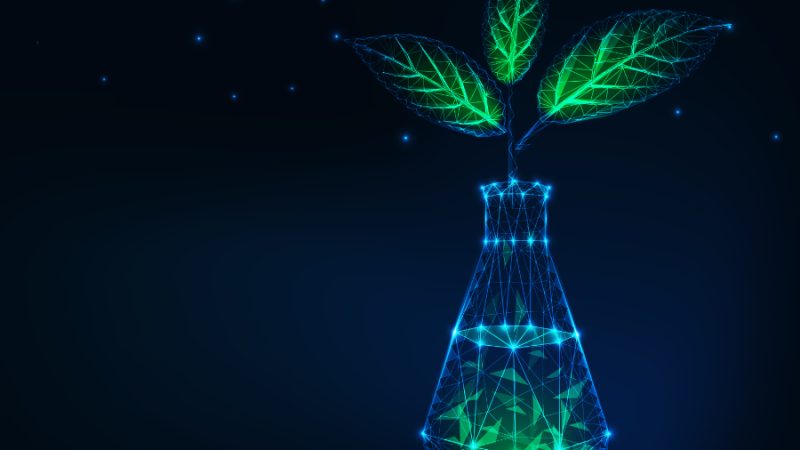Have you ever thought about how drugs are manufactured? They are often produced by microorganisms which secret them into their environment: a soup of media, the target drug and waste that must be eliminated. In the pharmaceutical industry, people use chromatography columns to purify the medication. This process is used for more than a century for the separation of compounds. One may think that everything should be already known for such a well-established process. Yet, acib researchers found out recently that already the connecting tubes and valves affect the quality of the separation process and – in the end – product quality.
The separation of the product of interest from the broth is governed by multiple physical effects. Unfortunately, there is no available software that can describe all of the phenomena. Researchers at acib succeeded in reconstructing the purification process in a computer. They implemented mathematical models and used Computational Fluid Dynamics (CFD). This is a process to analyze and solve problems that involve fluid flows; the stream and interactions of the flow are simulated on the computer. This technology was used here to quantitatively evaluate column efficiency at various conditions.
With the help of the developed tool, different contributions to the column efficiency can be estimated. In fact, for some products the pipework extremely reduces the column efficiency. Even if the tubing makes up only 4% of the total volume, the efficiency decreases by 66%. This finding was made possible, since in the simulations one can switch on and off one or another effect. The developed tool can be used to rationally design effective chromatography columns.
D. Iurashev, S. Schweiger, A. Jungbauer, J. Zanghellini. Dissecting peak broadening in chromatography columns under non-binding conditions. Journal of Chromatography A, 2019, https://doi.org/10.1016/j.chroma.2019.03.065 Picutre Credits: Shutterstock
